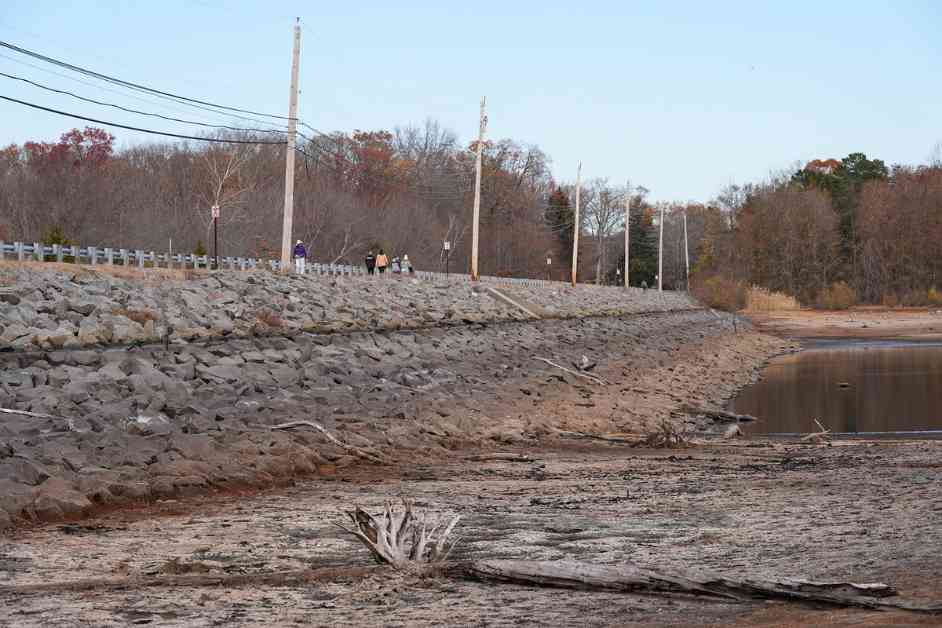Drought is a common occurrence in the western United States, but recently the eastern part of the country has been facing its own challenges with water scarcity. This unexpected drought has led to water restrictions, damaged crops, and an increase in wildfires in just six weeks, a situation that is quite unusual for the typically wetter eastern region.
Unlike the West, where there are distinct wet and dry seasons, the East Coast receives precipitation throughout the year. However, when dry periods occur, as seen recently in the Northeast, drought can develop rapidly. Following a wet winter and spring, the Northeast experienced six weeks of little to no rain and warmer temperatures, leading to decreased water levels in lakes and streams.
The current drought in the East Coast has caused wells to run dry in Connecticut, forced Philadelphia officials to monitor the Delaware River for saltwater intrusion, and prompted New York City to issue its first drought warning in over two decades. Despite the fall season typically requiring less water, the ongoing drought has intensified fall wildfires, making them more difficult to control.
While recent rain and snowfall have helped reduce the risk of fires, it will take significant precipitation over several months to fully recover from the drought. The future weather outlook remains uncertain, with forecasts indicating warmer-than-normal conditions for the Northeast. As the climate continues to change, wet and dry periods are expected to occur more frequently in the region.
Although the risk of wildfires may decrease as winter approaches, the impacts of the current drought will be felt well into the spring and summer months. It will take time for water sources to replenish and for the region to recover from the effects of this prolonged dry spell. Therefore, it is essential for residents to continue conserving water and remain vigilant against the threat of wildfires, even as the weather begins to cool down.










